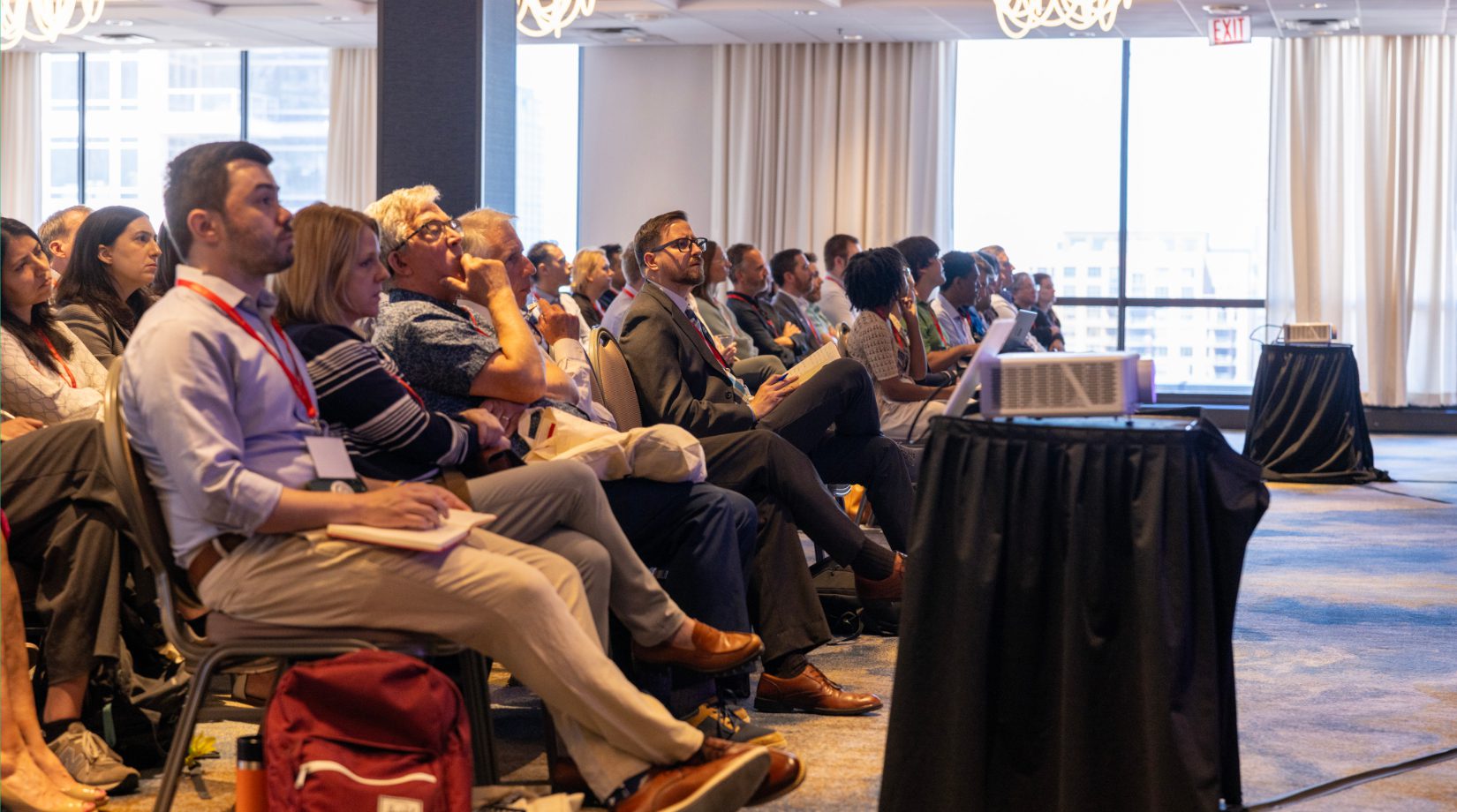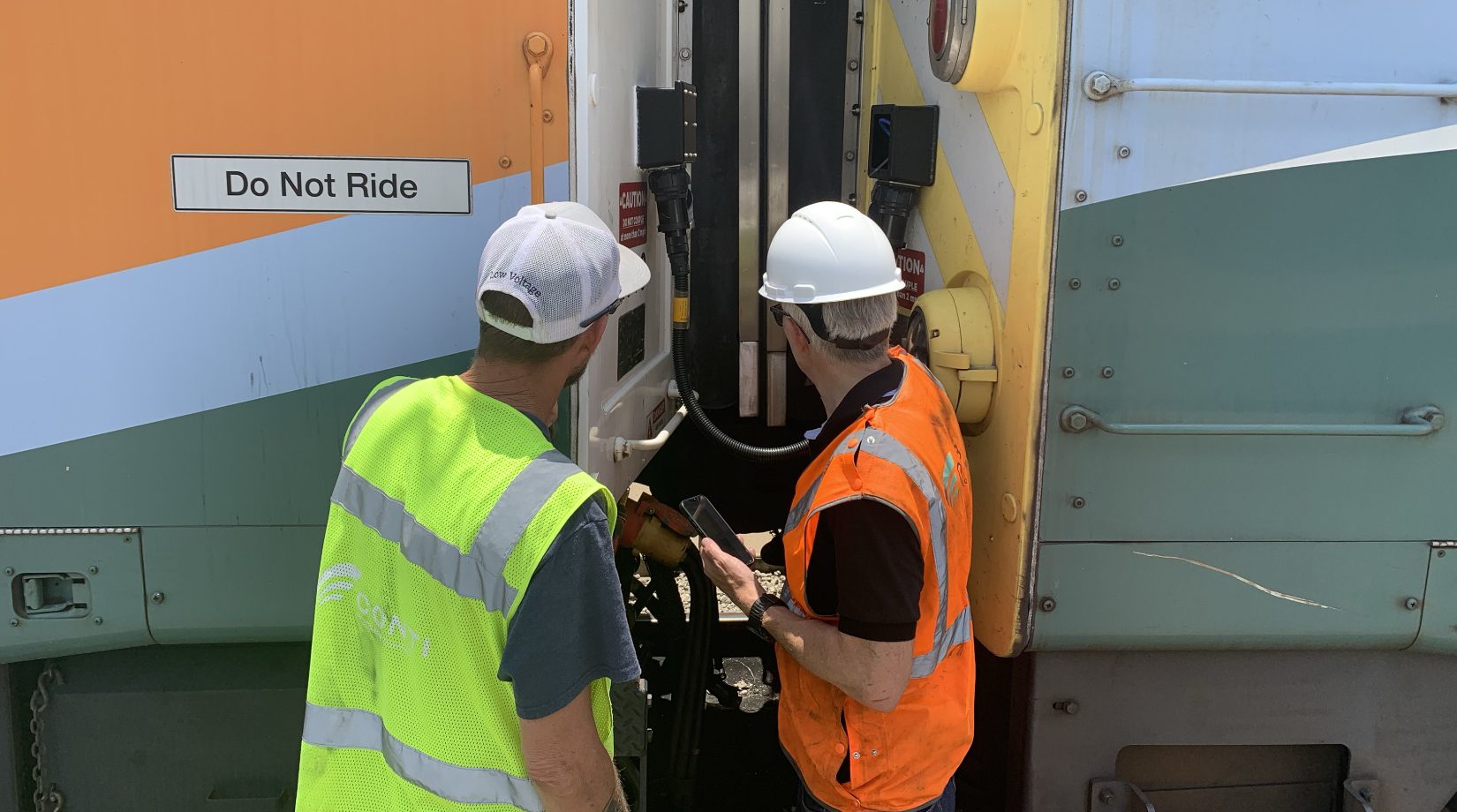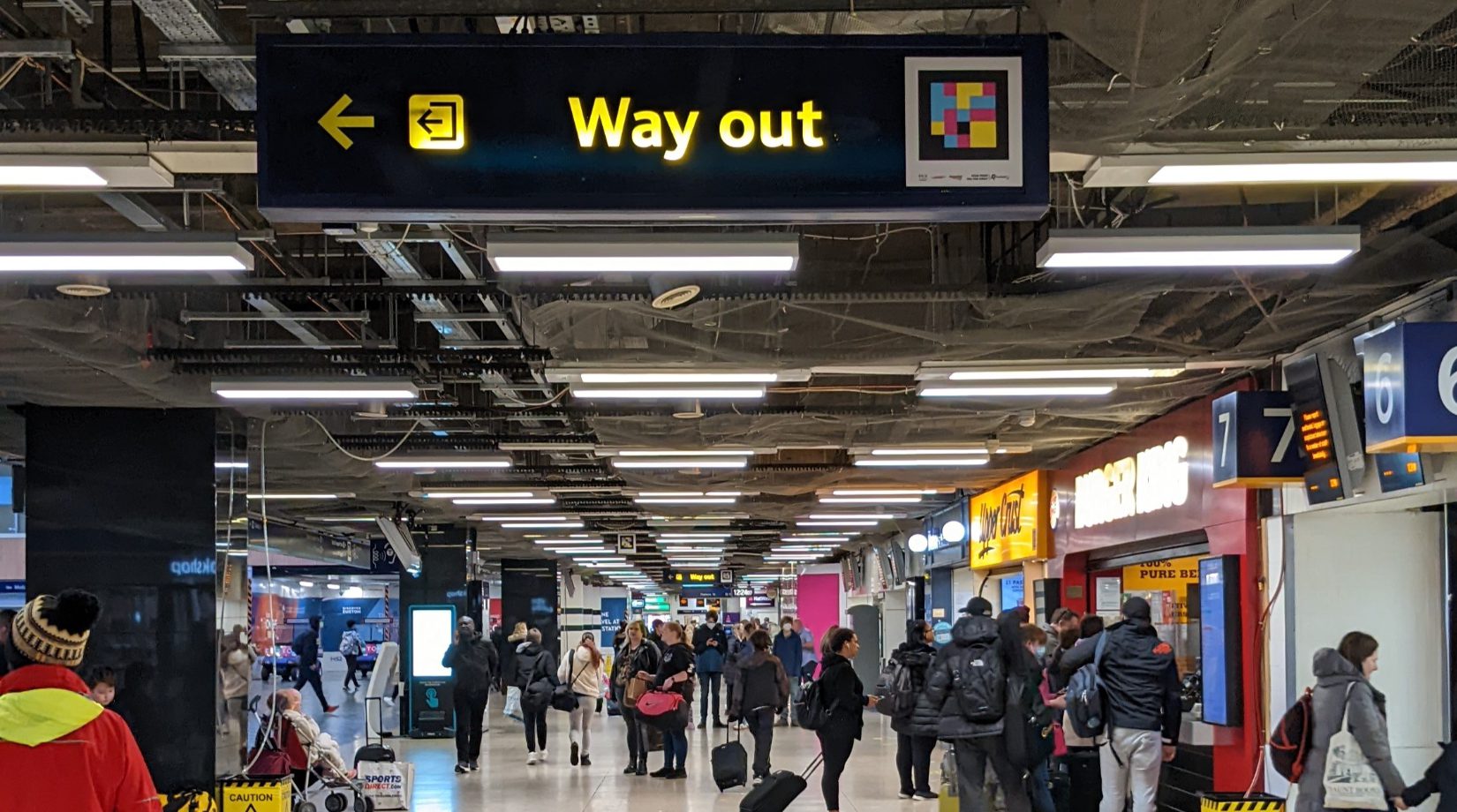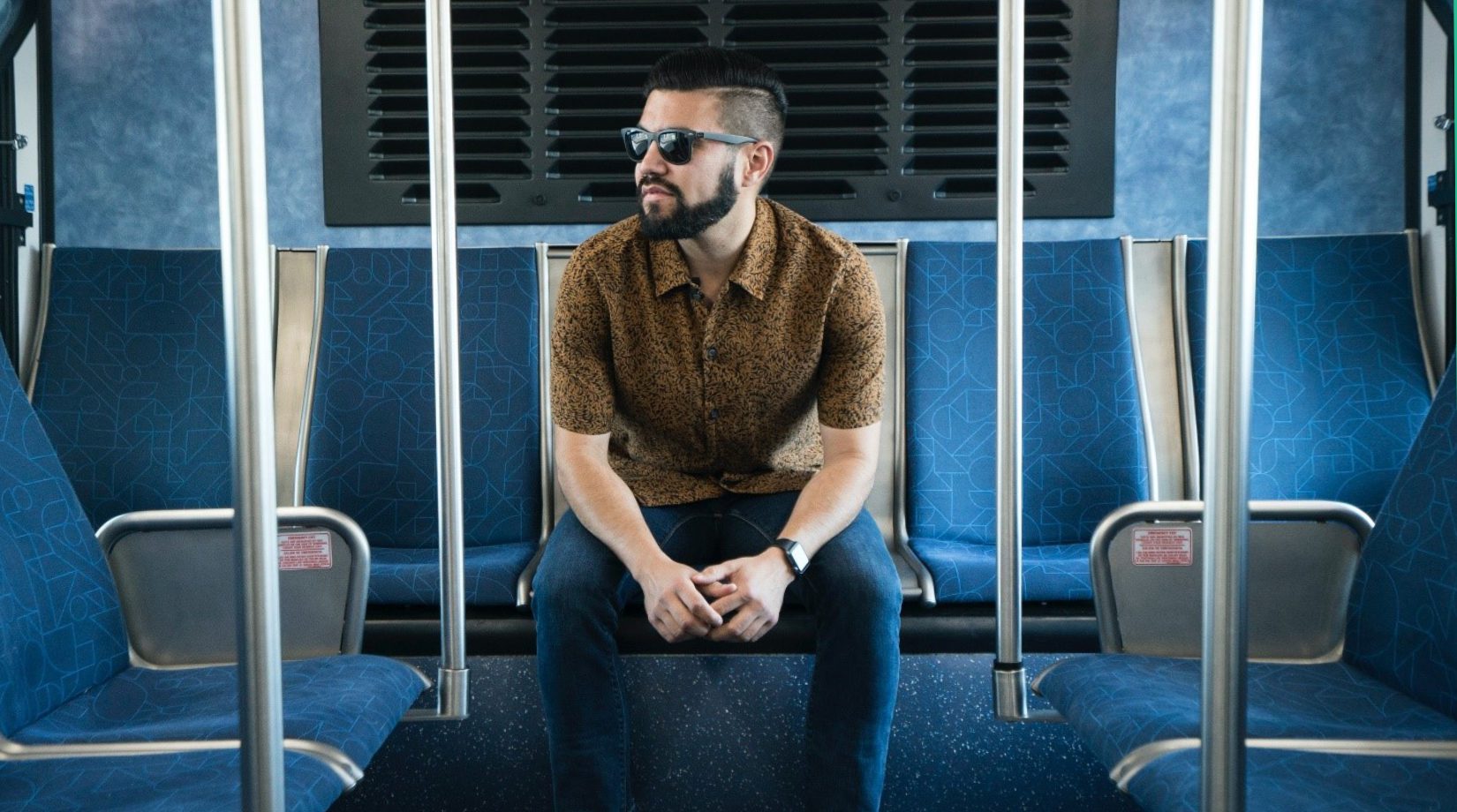“Equity is a journey, not a destination, and we’re all on this journey together,” said Gloria Jeff, Livability Director of Minnesota DOT and conference leader. This closing statement encapsulated the spirit of the 2024 TRB Conference on Advancing Transportation.
The event brought together over 300 professionals to address critical equity issues in transportation. The theme ‘Reaching Across the Divide: Research, Community Implementation, and Shared Experiences,’ emphasized the collaborative approach needed to create truly inclusive mobility systems and achieve a new level of societal benefits.
Defining and Measuring Transportation Equity
Translating equity goals into measurable actions is a challenge for the transit industry.
Anna Batista, presenting on an NCHRP project, noted, “Equity is about outcomes and lived experiences, which are often harder to measure but critically important.” The need for the industry to move beyond traditional metrics and develop more nuanced evaluation methods is urgent.
There are concrete steps being taken towards more comprehensive equity measurement. Lorina Hoxha from City of Toronto presented an equity policy framework, stating, “We’ve developed a matrix that traces direct and indirect links between priority populations and categories of barriers. This allows us to operationalize our theoretical work into a practical tool for project evaluation.”
These discussions highlight that advancing transportation equity must be supported by measurable data.
Consistent Community Engagement
The importance of consistent community engagement also emerged as a central theme: transportation equity can only be achieved through transparent communication when it comes to transit service promises and actual performance.

Multiple presenters highlighted innovative approaches to community engagement and the importance of continued solicitation of input.
While digital platforms and social media are increasingly used to reach broader audiences, it is still important to use these tools as a complement to traditional, in-person engagement methods to ensure inclusivity using many different mediums.
Effective community engagement is not only about gathering input, but also communicating how the feedback was taken and implemented to make the transit service better and more equitable. Transit agencies should not only solicit community feedback using a one-time survey; community engagement should be communicated as an always-open opportunity for continuous improvement.
When our teams are improving the transit passenger experience based on community feedback, we believe that is vital to be on the ground alongside them to successfully implement and deliver a first-class solution.

Safety and Accessibility
True equity cannot be achieved without addressing the unique safety concerns and accessibility needs of diverse communities.
Dr. Erica Shepherd from MnDOT highlighted that “While men’s top transit barriers tended to be speed, frequency and lack of destination access, women and non-binary peoples’ top transit barriers had to do with safety.”
There is a pressing need for a more nuanced approach to safety in transit operations. Advanced AI–based video surveillance systems can play a crucial role in enhancing passenger safety while also providing valuable data for service improvements.
On the other hand, accessibility discussions focused on the importance of comprehensive, user-centered design in transportation systems. Accessibility should go beyond just physical infrastructure and encompassing factors like affordability, cultural competence, and ease of use. It is about creating an equitable service that works for all types of passengers, regardless of age, ability, income, or background. Icomera is committed to embedding equity in our services, allowing transit agencies to increase societal benefits and achieve the full potential of the community. We continue to trial accessible wayfinding solutions for passengers with vision loss to access essential, real-time information via their personal smart devices while traveling.

These discussions reinforced the idea that safety and accessibility are not just add-ons to transportation equity, but fundamental components that must be integrated into every stage of planning and implementation.
Data-Driven Decision Making
In the lecture sections, the need for robust, comprehensive data to inform equitable decision-making processes was repeatedly mentioned. Doctor Manish Shirgaokar from the University of Colorado stressed the importance of context-specific metrics, noting that “equity could mean different things to different people.” Flexible, adaptable frameworks that can capture the different perspectives of diverse communities are crucial for the decision-making process.
A key takeaway was the importance of balancing “big data” with “small data” – combining large-scale analytics with individual narratives to create a more comprehensive understanding of equity issues. Human experiences should always remain central to decision-making processes.
The challenge moving forward will be to develop methodologies that can capture the complexity of equity issues while remaining practical and actionable for transportation agencies. The role that data plays will become more important, but only if used thoughtfully and with community insights.
Looking Ahead
Transportation equity is not just an aspirational goal, but a necessity for creating truly inclusive and effective transportation systems.
The transport industry must deliver services in a way that is both cost-efficient and resilient, and that allows it to adapt quickly based on shifting environmental, societal, and economic needs.
At Icomera, we want to lead by example: not just in what we do, but also in how we do it. We want to leave behind a legacy of innovation, where both people and the planet have benefited from the solutions we provide.
We’re still at the beginning of this journey, but each new methodology brings us closer to truly understanding and addressing transportation inequities.

